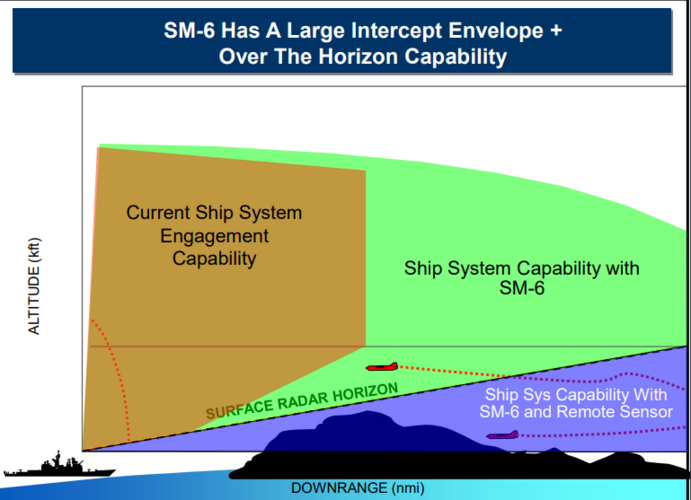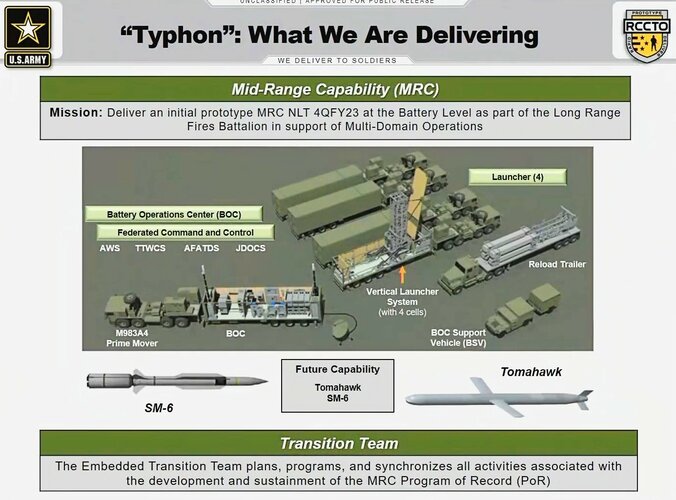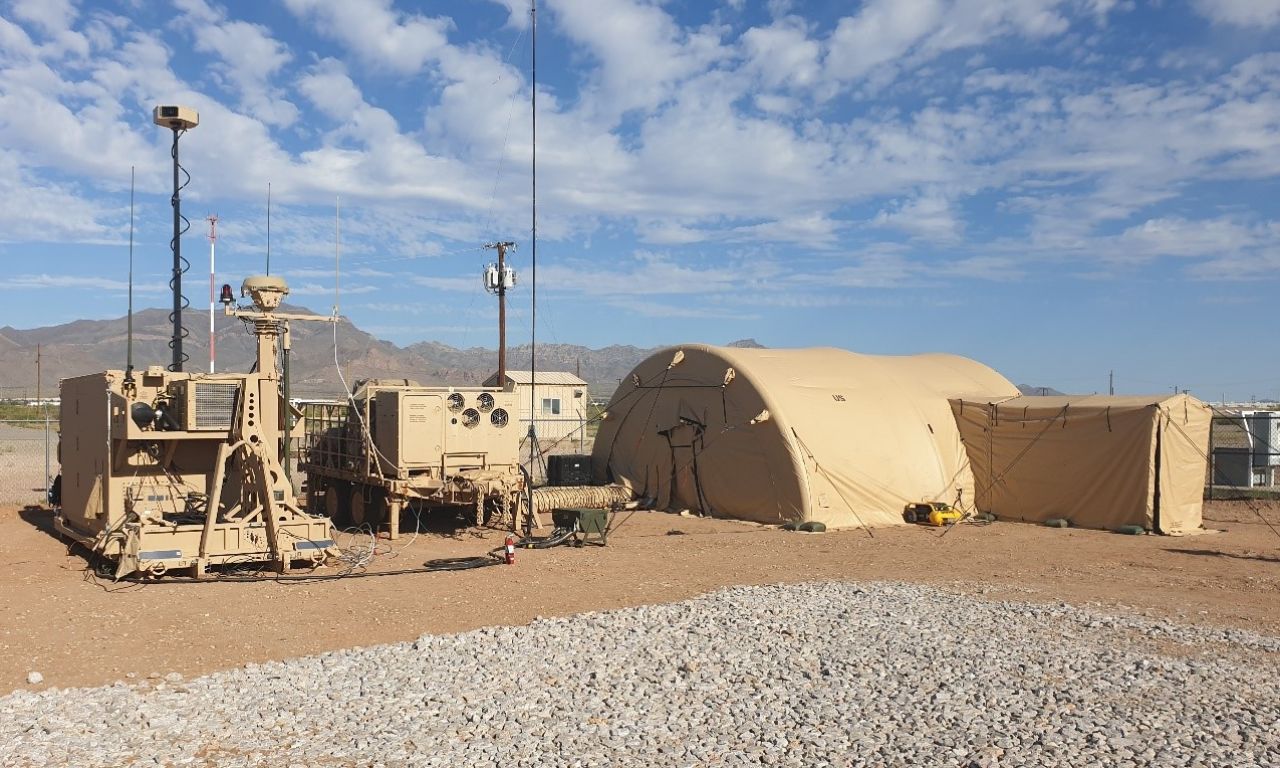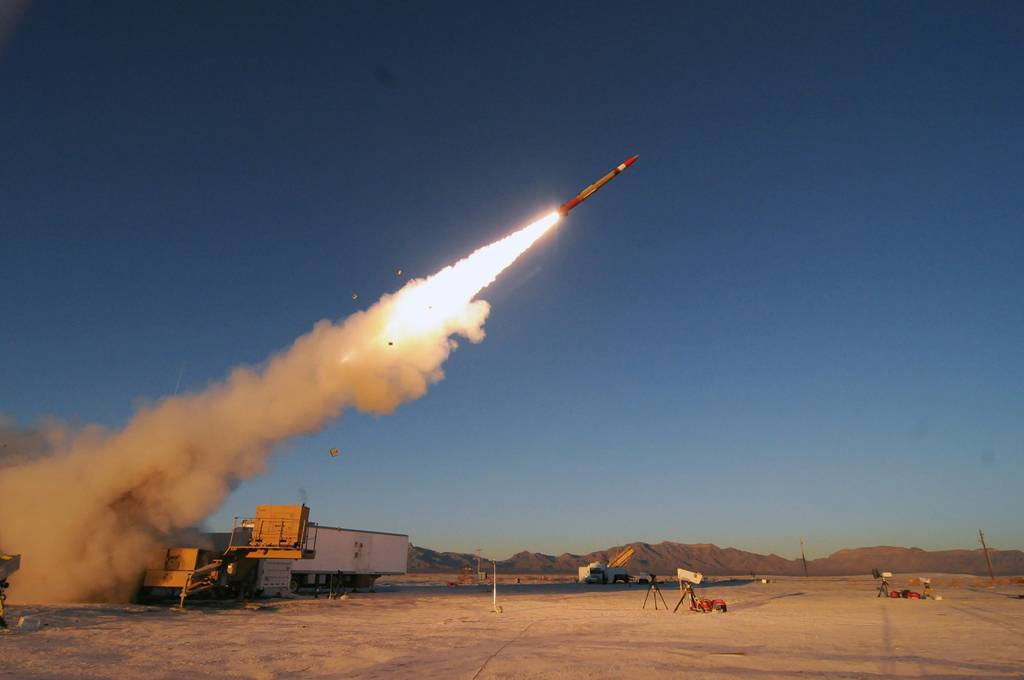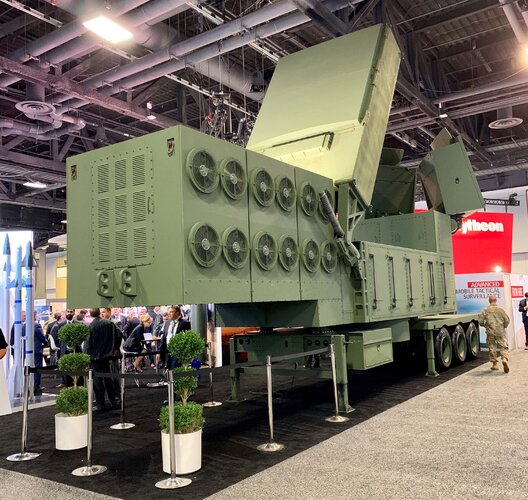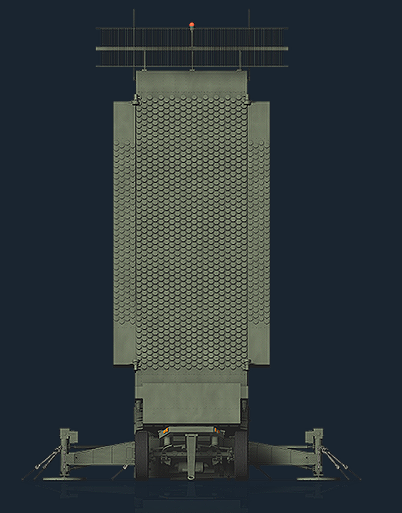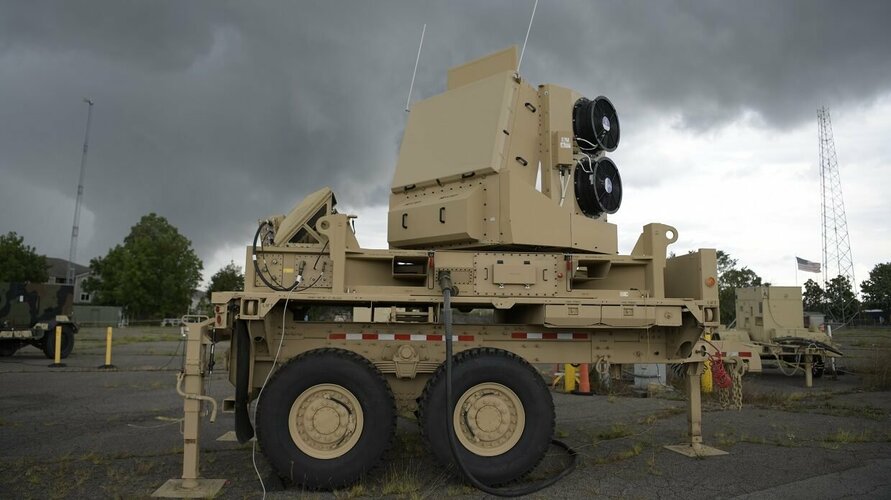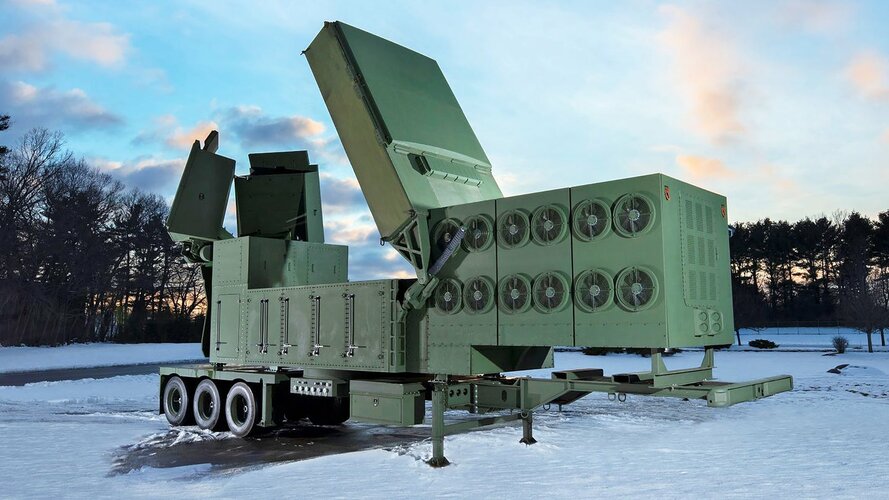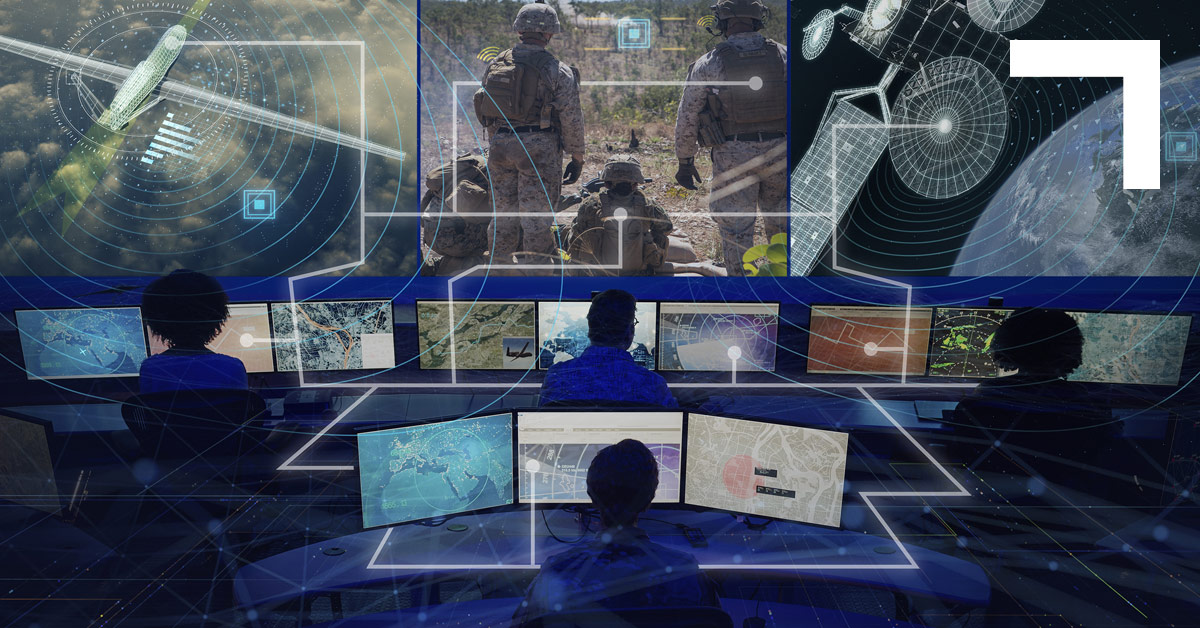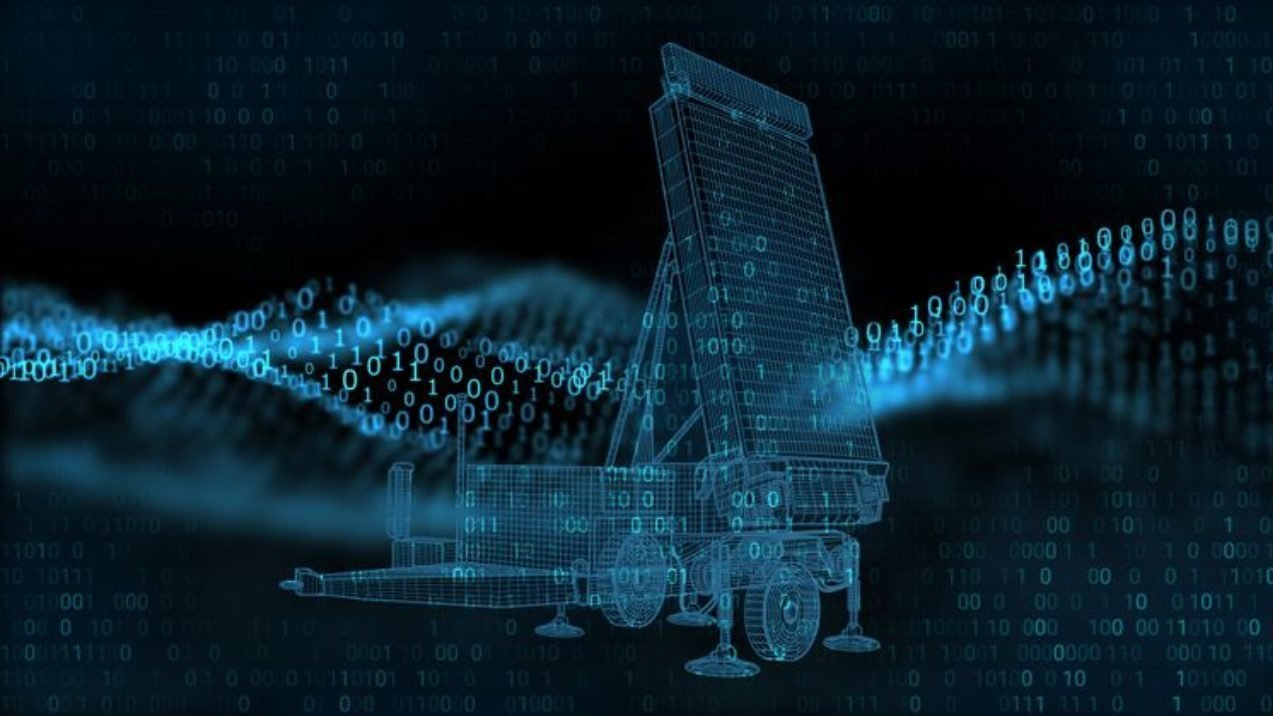That wasn't what I've heard, and PAC-3s aren't really SAMs, just ABMs with minimal AA capability.
The publicized range of PAC-3 (aka what most would call it "minimal AA") is recommended asset protection radius (Defended Footprint) against ballistic missile threat, it is not an actual range of the interceptor against ABT/CM threats, which is actually much longer, and the specific range information of PAC-3 remains classified to date IIRC. I believe that tragic friendly fire incident in Iraq/2003 which downed a Navy Hornet was by a PAC-3 ERINT interceptor, not PAC-2 -- so I wouldn't call that minimal AA capability, it's designed to engage aircraft (just not as primary role, as Patriot fire units still have the longer ranged PAC-2/GEM for anti-air use), and also very dangerous to aircraft.
Note that defended footprint for TBM targets is significantly different than engaging ABT/CM threats, as placing the interceptor into collision geometry against falling ballistic targets place much higher divert requirements than ABT. Thus, the general rule of thumb for SAMs is that defended footprint for TBM threats is typically much smaller than their maximum ranges for ABT threats. The official publicized number that the US Army is quoting for PAC-3 ERINT is Defended Footprint radius for TBM threats.
One point of reference is Almaz-Antey (S-400) marketing literature posted on Ausairpower (
http://www.ausairpower.net/APA-S-400-Triumf.html). This literature (source: Bolotov and Mizrokhi, 2003) speculates maximum range of ERINT (earlier name for PAC-3) of 100 km, maximum altitude of 25km. So the truth is probably somewhere in between and I'm guessing this article's claimed speculation of PAC-3 (ERINT & CRI)'s maximum range against ABT is probably more accurate. MSE would increase this by ~50% or so per LM publicized marketing literature.

